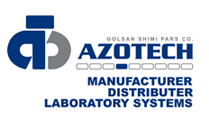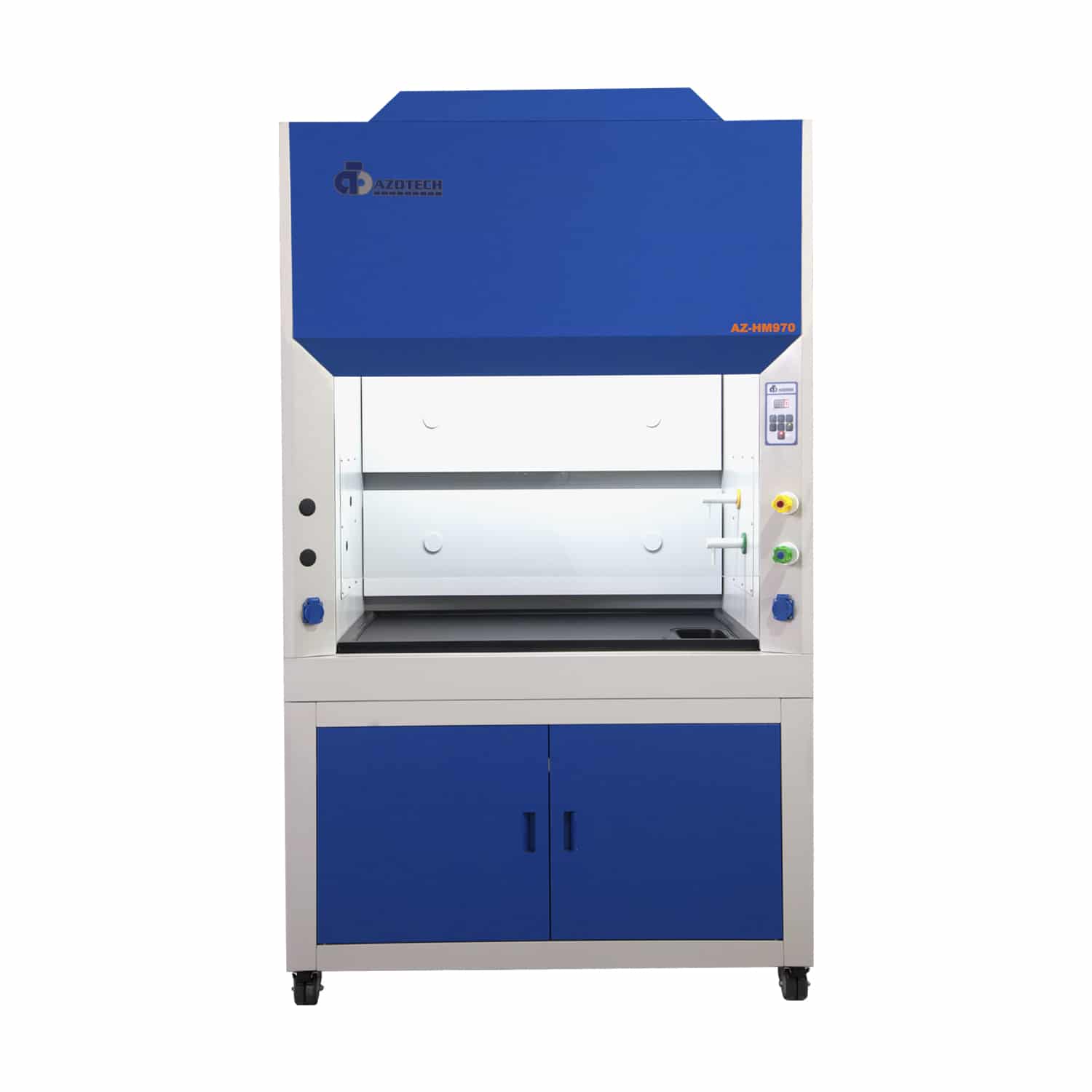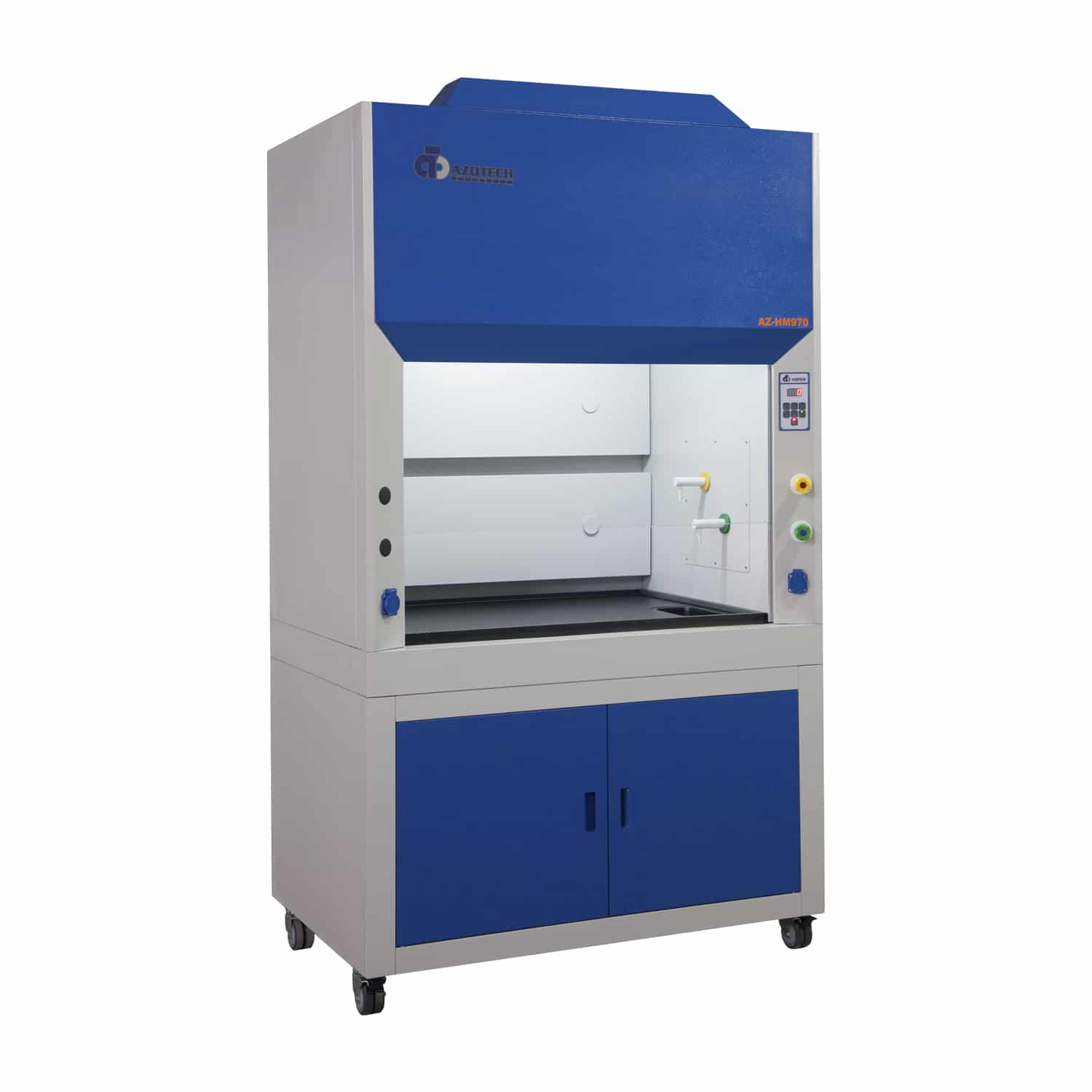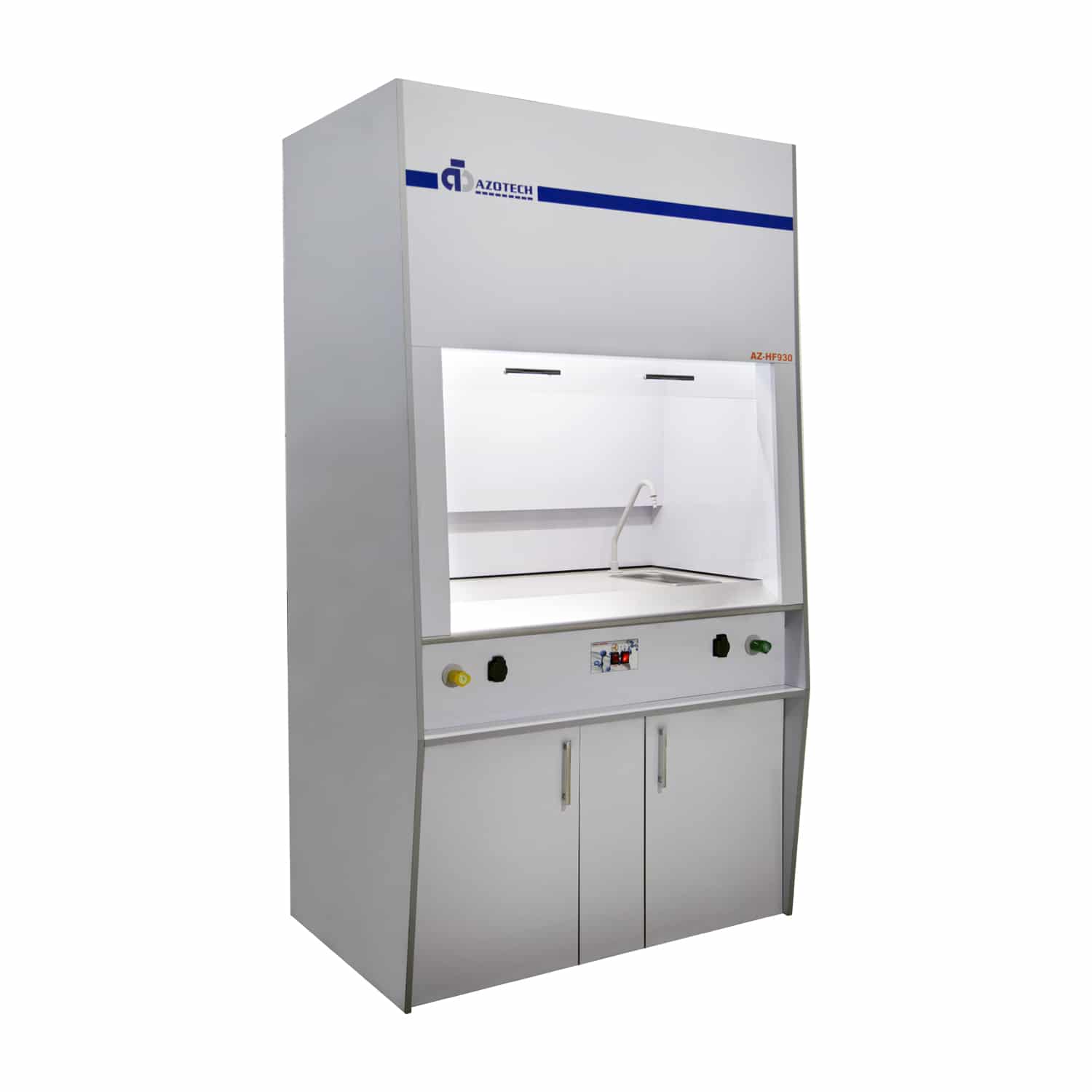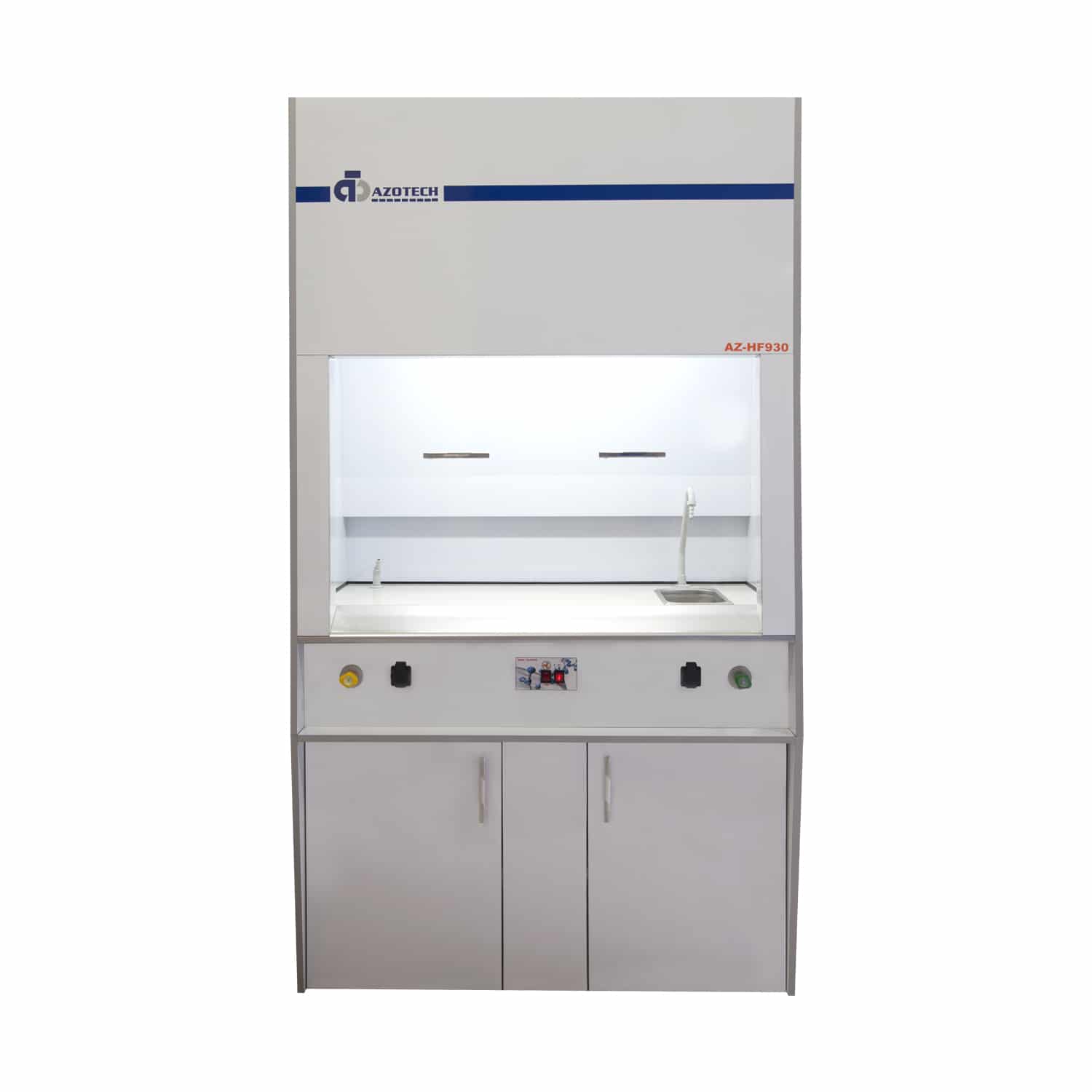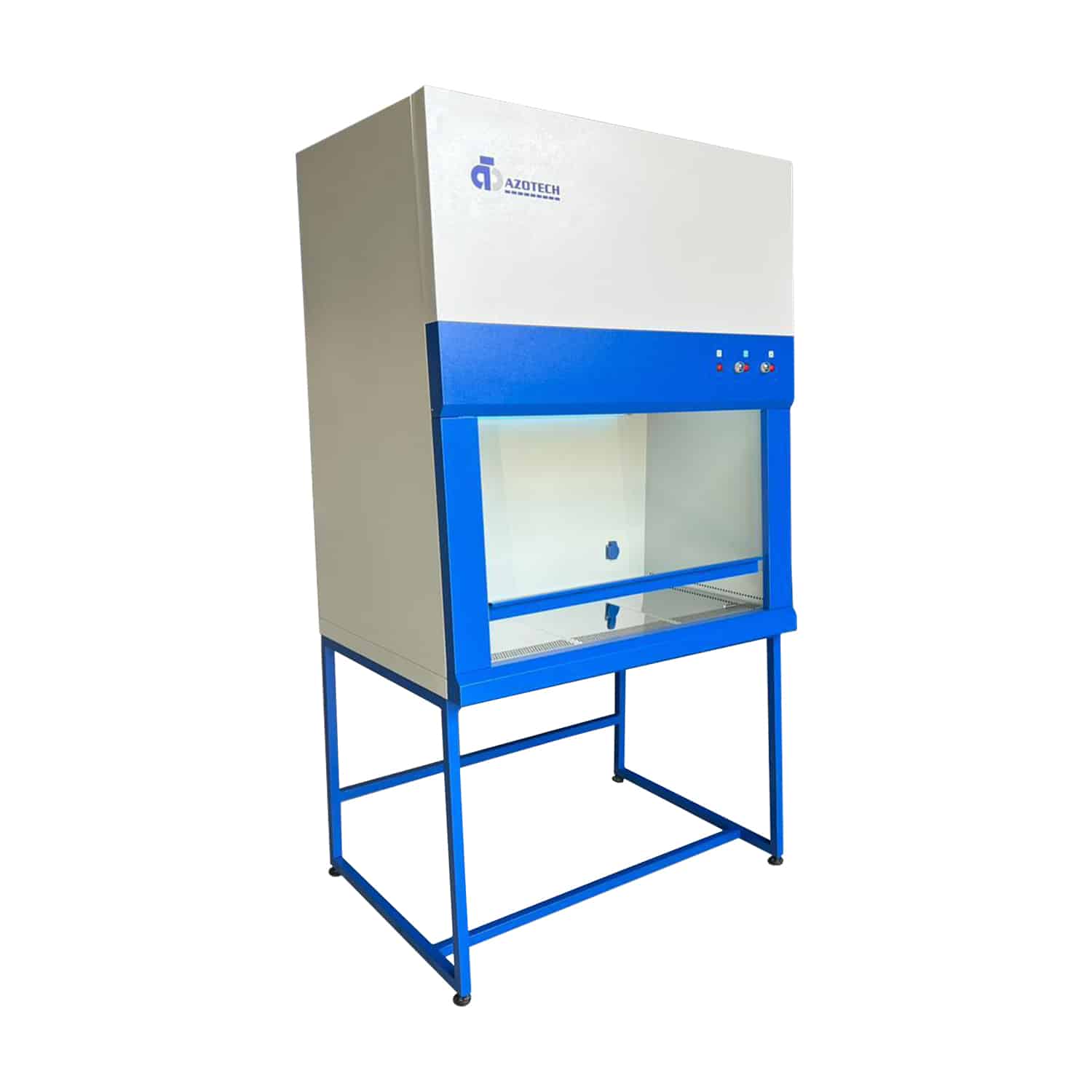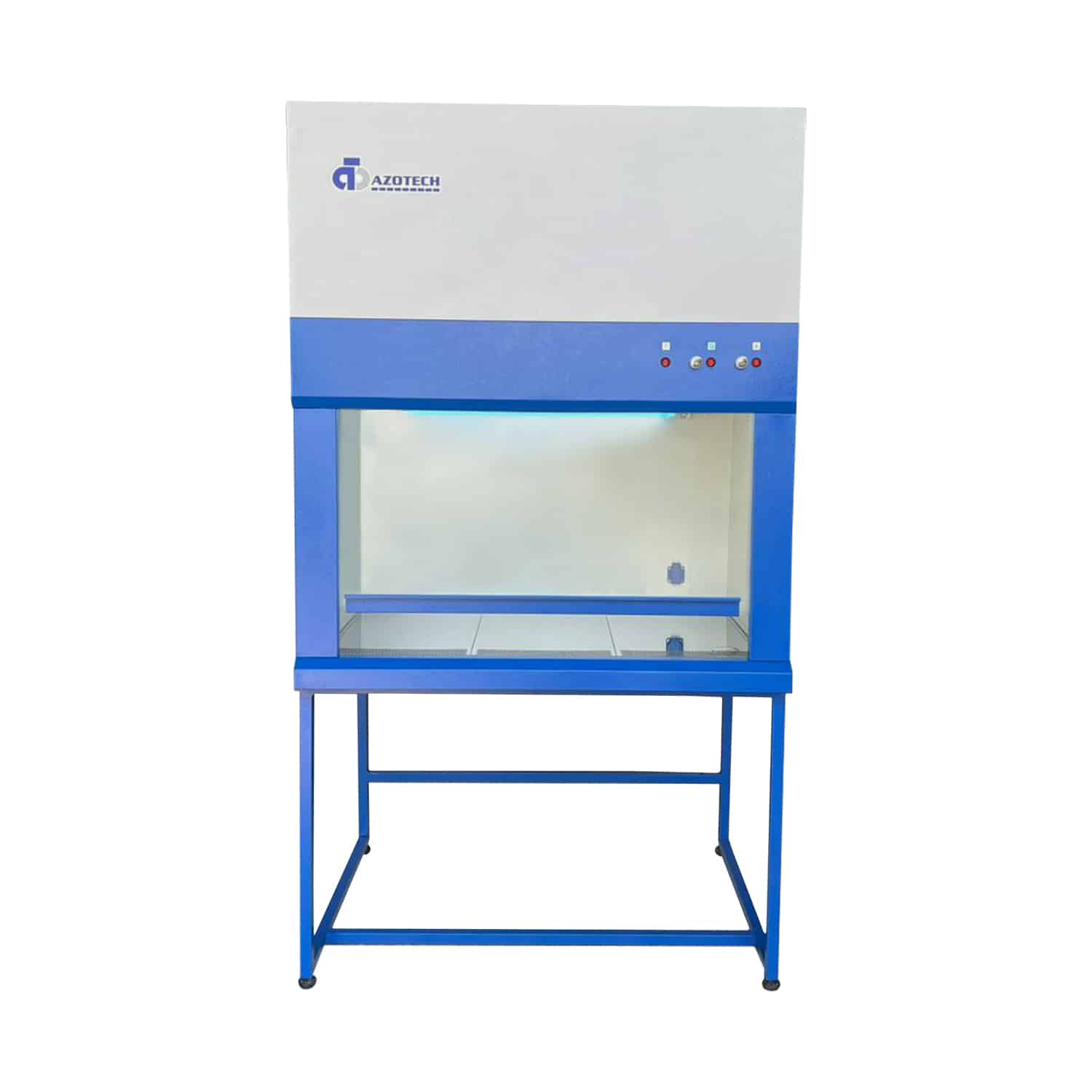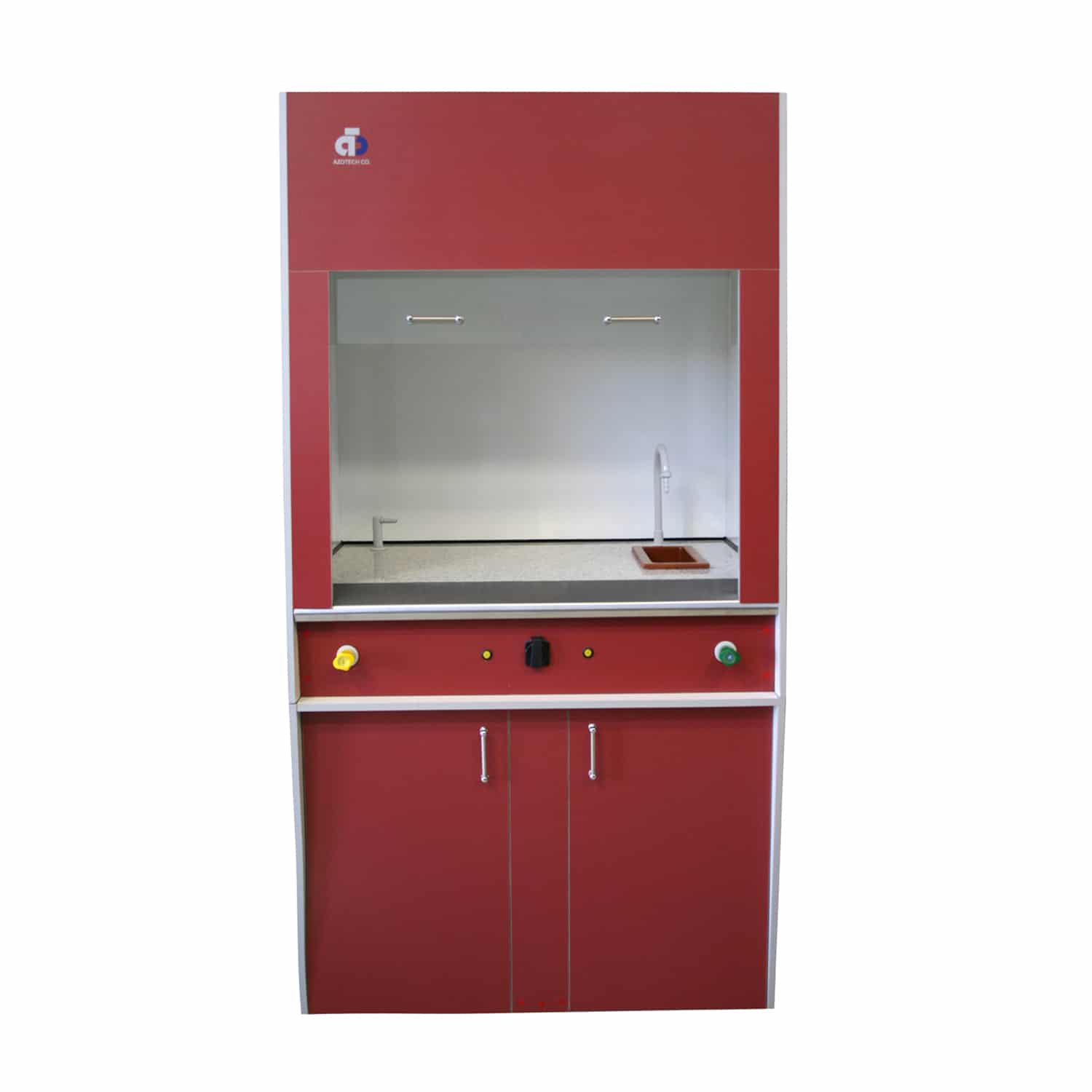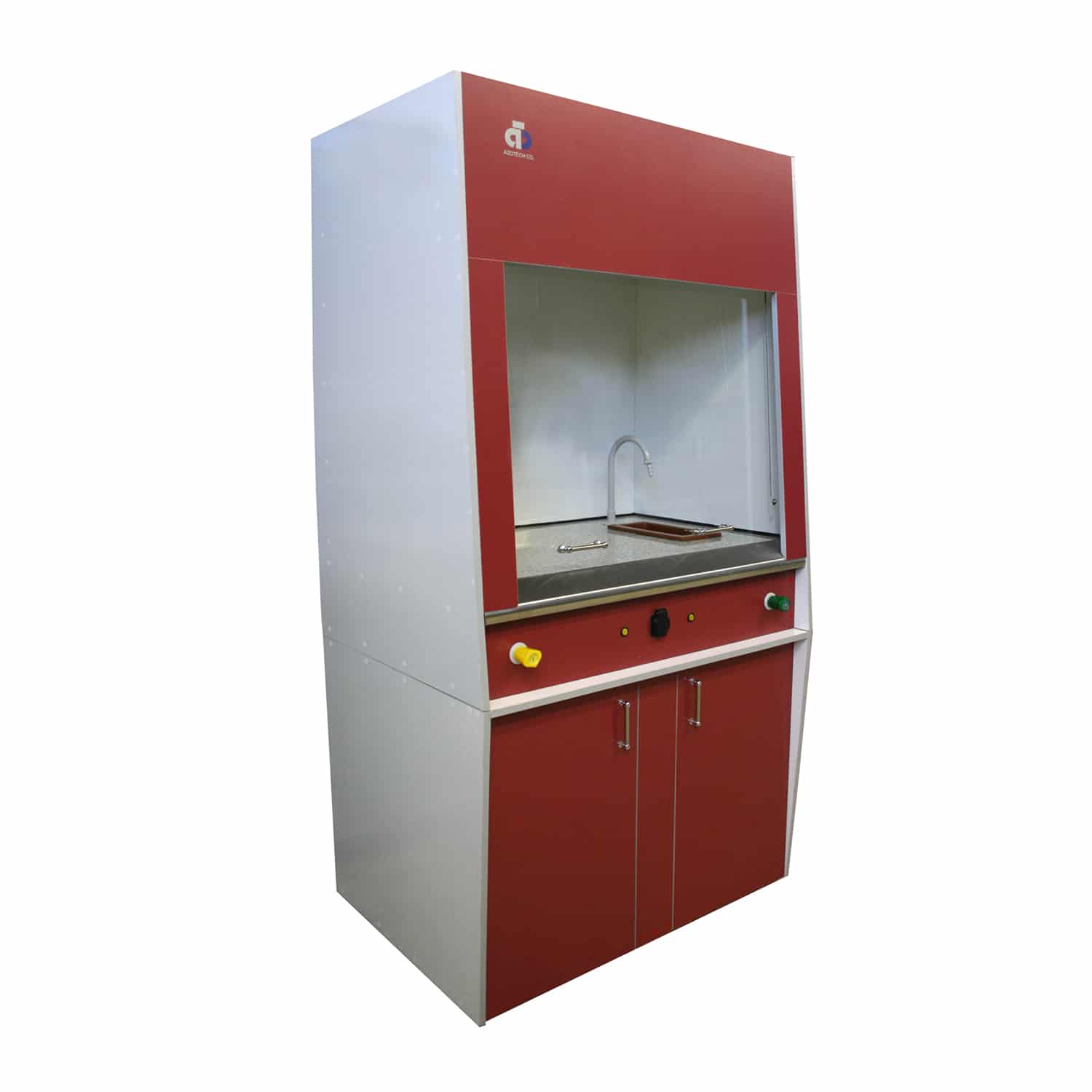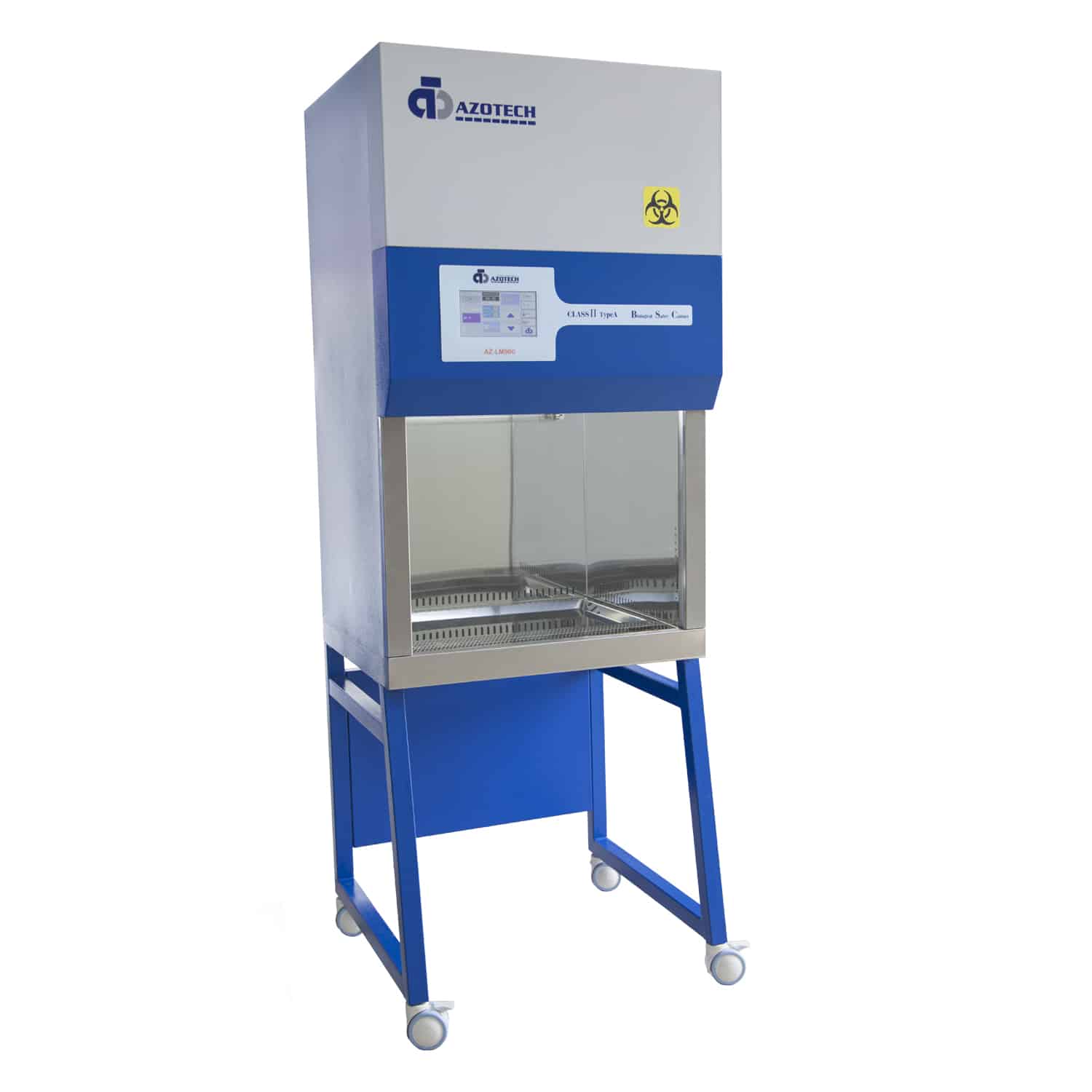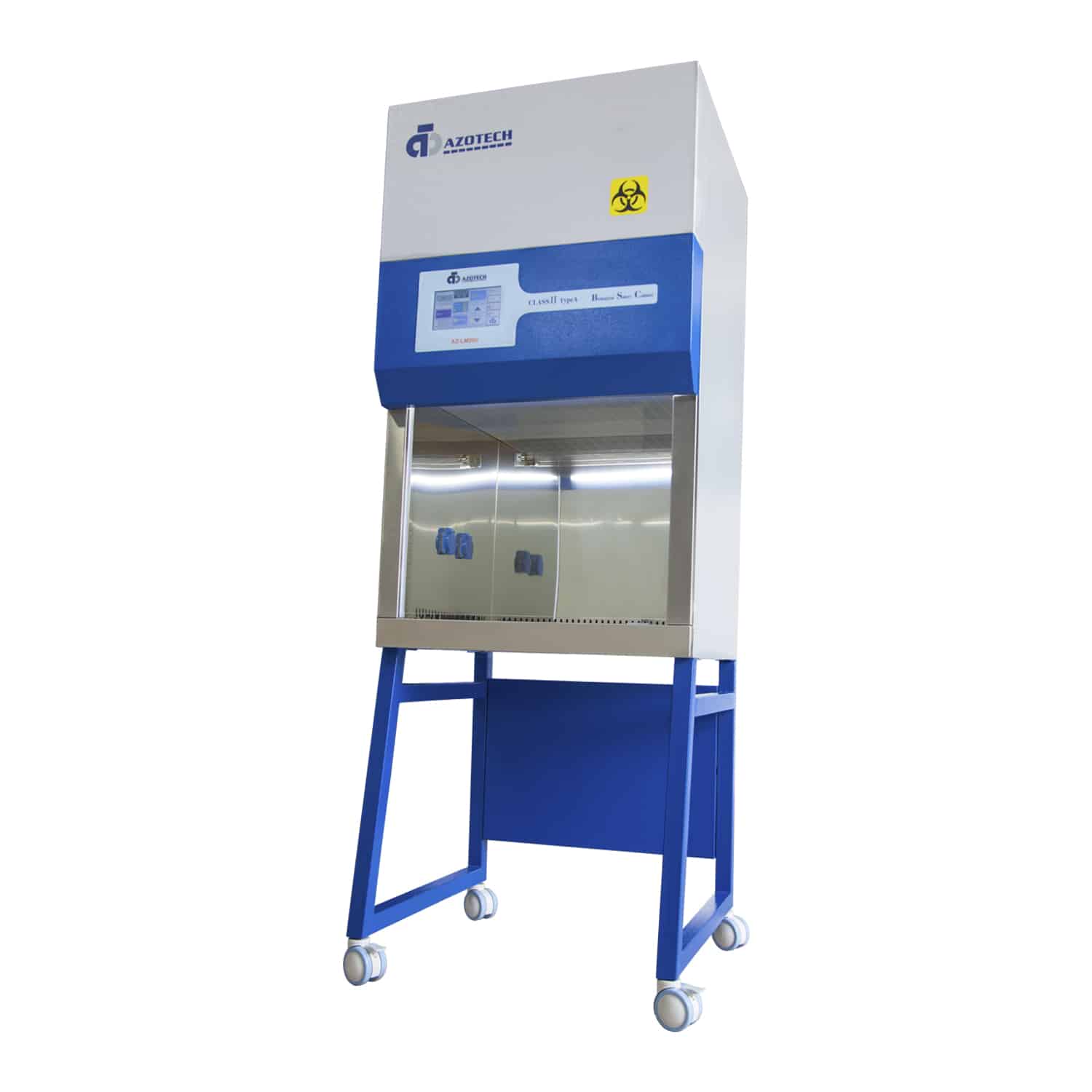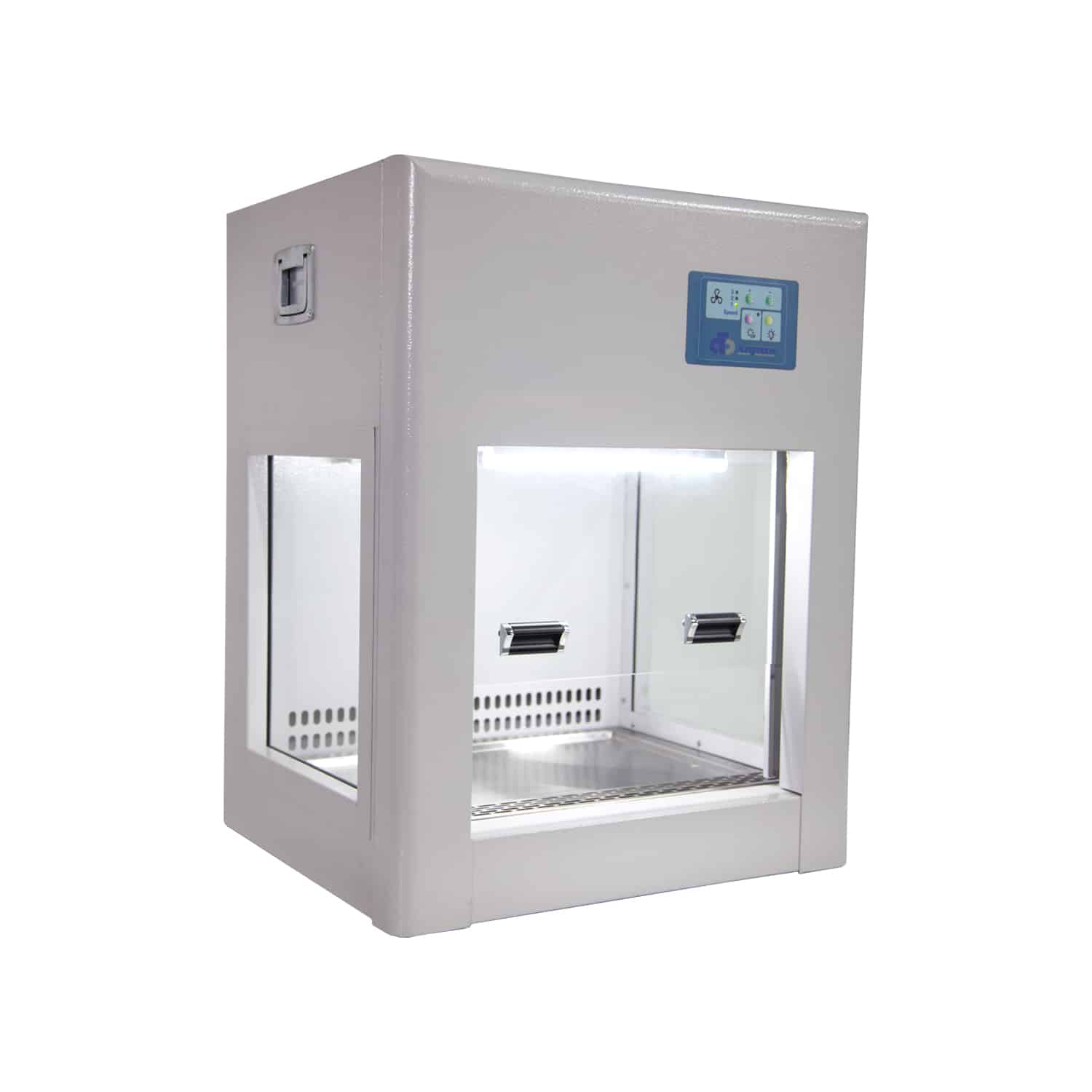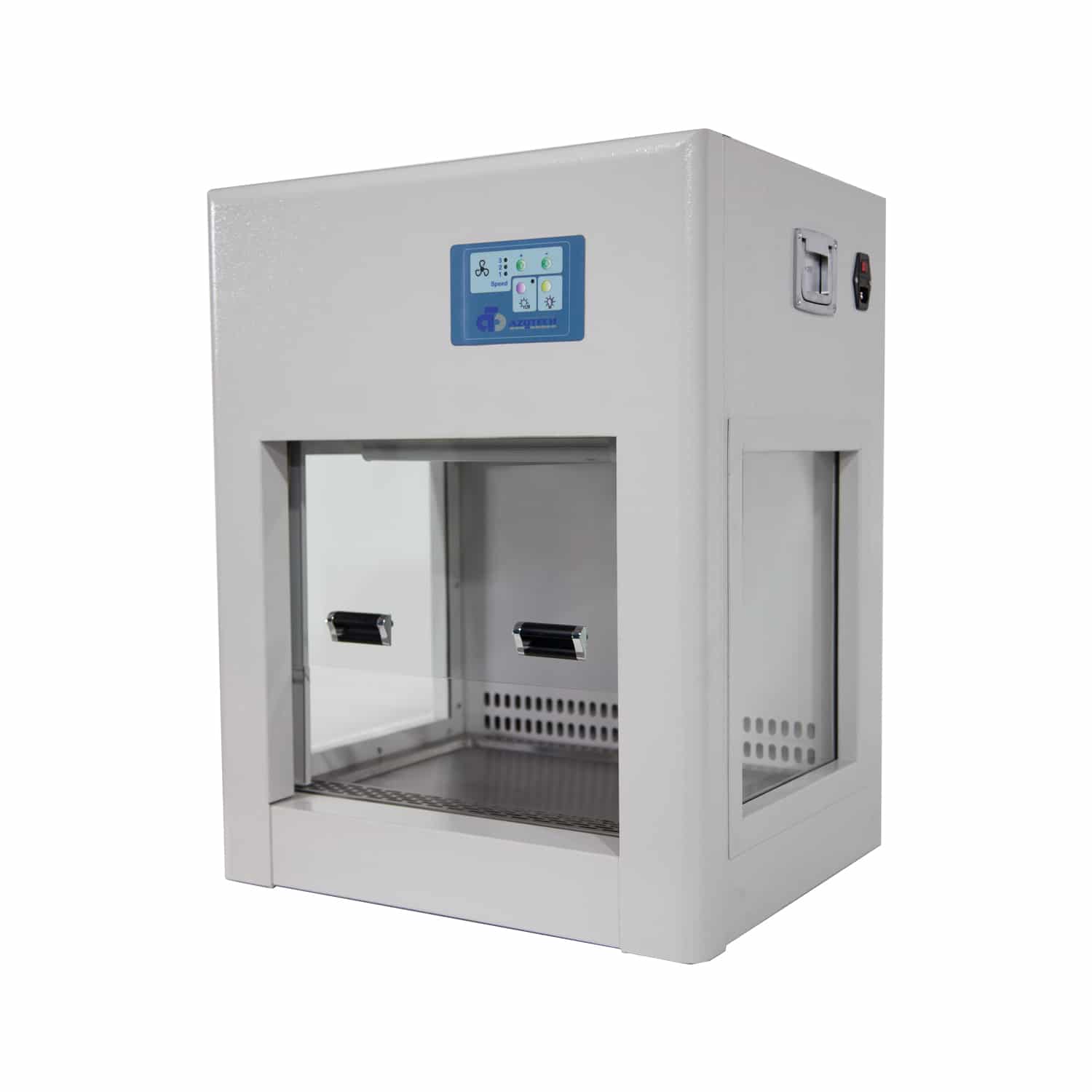Product Categories
Some Products
Laboratory oven
The laboratory oven, also known as a furnace or laboratory drying oven, is a specialized device designed for sterilizing, drying, and removing moisture from various materials. This device is specifically used for quickly drying samples that are non-evaporative or non-combustible, offering precise and efficient performance.
The laboratory oven works by generating heat or utilizing fans and dry air inside the chamber to expel moisture through a built-in vent, allowing the samples inside the oven to dry rapidly.
The laboratory oven is considered one of the essential and fundamental pieces of equipment in laboratories. Its applications range from drying and sterilizing laboratory glassware, equipment, and samples to more complex uses that require precise temperature control.
Types of Laboratory Ovens
Laboratory ovens are categorized into two types based on airflow: with fan and without fan.
Non-Fan Ovens
In this type of ovens, the distribution of temperature and heat occurs through the movement of warm air upwards, as warm air is lighter and rises. These ovens do not have any circulating fan to move the air inside the chamber. One of the advantages of non-fan ovens is the very low airflow for drying; however, the uniformity of temperature in these ovens may not be consistent due to the lack of a fan.
Fan Ovens
In this type of ovens, a fan is used to circulate and maintain continuous air movement inside the chamber. The presence of this fan results in an even distribution of temperature and heat throughout the chamber. Some advantages of fan ovens include:
- Better temperature uniformity throughout the chamber
- Repeatable results due to consistent temperature within the chamber
- Faster drying and moisture removal process
- Return to the set temperature after opening and closing the oven door
Applications of Laboratory Ovens
Laboratory ovens are used in medical diagnostic, chemistry, food industries, pharmaceuticals, engineering, physics, biology, and industrial laboratories, among others.
- One of the most routine uses of laboratory ovens is drying laboratory equipment or test samples. It is important to consider the type of sample or equipment being placed inside the oven, as it should not be volatile or combustible in order to be used for drying and moisture removal.
- Another use of laboratory ovens is testing samples at a specific temperature. This is done by placing samples inside the oven and removing moisture at controlled temperatures to evaluate their strength.
- Laboratory ovens can be used to test the physical and chemical properties of samples.
- They can be used for sterilizing laboratory equipment and tools to ensure they are free from contamination.
- Laboratory ovens can be used for drying microbial cultures and long-term storage, as well as preparing and drying culture media to ensure that they are moisture-free.
- By drying at high temperatures, it can be ensured that pathogens on surfaces and equipment are deactivated, providing a sterile environment for experiments.
AzoTech Laboratory Oven - Components and Technical Specifications
The AzoTech oven, utilizing the latest technical knowledge, has been designed to meet user needs while ensuring safety and reliability for laboratory use. The components of the AzoTech laboratory oven are as follows: The outer body is made of steel sheet with an electrostatic paint coating, providing resistance to environmental factors in the laboratory. Inner body: The inner body of this device is made of stainless steel to ensure resistance to moisture. It has 2 separate and adjustable shelves. Door: The device is equipped with a door that seals the internal chamber completely using a silicone gasket. Heating system: The oven uses specific heating elements that match the volume of the device. Fan: The device includes a fan appropriate for the device's volume, which circulates heat and temperature evenly across the chamber. Controller: The AzoTech oven is equipped with a PID smart controller, considered one of the most important parts of the oven, functioning as the brain and heart of the device. The controller is made of the following components: Display: The device includes a digital display showing the temperature and device information. Temperature sensor: This sensor is used to measure the temperature inside the oven. Timer: The device includes a timer to maintain the set temperature for a specified period. Thermostat: It has a digital thermostat to control the temperature in the oven, adjusting it in case of temperature fluctuations. Device size and dimensions: The AzoTech oven has a 53-liter capacity, designed for easy use in laboratory spaces. Secondary temperature control sensor: As mentioned earlier, the oven includes an internal sensor that continuously reports the temperature. Additionally, the oven has a secondary temperature control sensor that, in case of failure of the primary sensor, activates to cut off the power to protect both the product and the device. Damper output: The AzoTech oven is equipped with a special damper to expel moisture generated from the drying process of samples and tools inside the oven. This damper also acts as a thermal shock prevention mechanism, allowing the heat to be reduced before opening the oven door by opening the damper first. Temperature range: The temperature range of the AzoTech oven is defined from ambient temperature to 300°C, and users can adjust it according to their needs. Temperature range calibration: This device is capable of calibration to improve its performance.
Things to Consider When Purchasing a Laboratory Oven
There are certain requirements and specifications that a standard oven must meet: 1) One of the most important considerations is the oven's capacity, which should be sufficient for the user’s experiments. During testing, samples should be placed with enough space between them and the oven walls. Therefore, it is recommended to choose an oven with a capacity slightly larger than required to avoid any interference during experiments. 2) Ensure that the oven’s temperature range matches the required range for the user’s tests. 3) Pay attention to the oven's features, such as the presence of a secondary temperature control sensor, which is mandatory according to international standards. The need for this sensor has been discussed and analyzed in the section on the main components of the AzoTech oven. 4) In addition to checking the oven’s temperature range, it is essential to verify the maximum operating temperature for prolonged periods with the manufacturer to prevent overheating and damage to the heating elements.
Maintenance and Cleaning of the AzoTech Laboratory Oven
For optimal use of the AzoTech laboratory oven, it is necessary to refer to the user manual provided with the device before use. The oven should be stored in an environment with appropriate temperature and humidity levels to prevent damage. It should be placed on a flat surface, away from vibrations and shocks. It is recommended to use a separate electrical outlet for the device and to protect it from electrical surges with a surge protector. Laboratory ovens should be cleaned periodically according to the manufacturer's recommendations (avoid using acidic or corrosive materials for cleaning the device). Calibration of the device is essential and should be performed periodically by certified companies according to standards.
